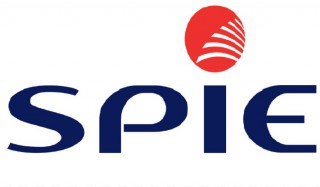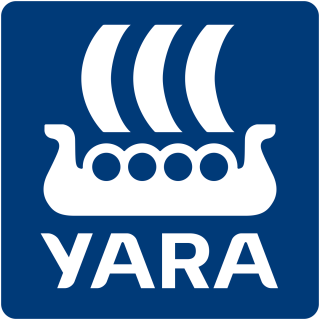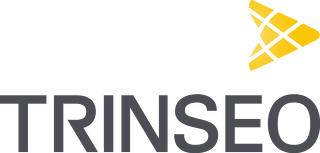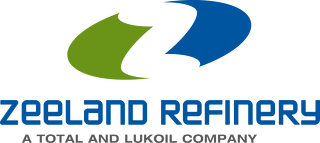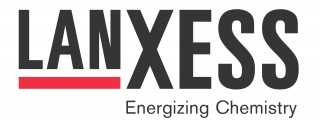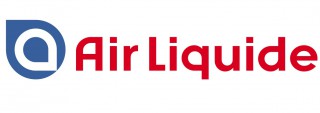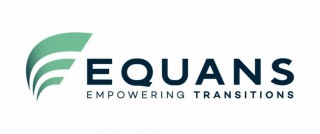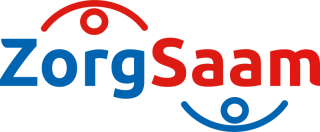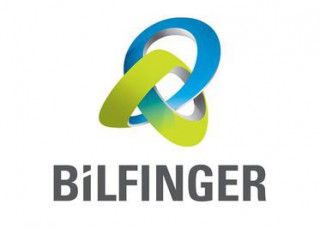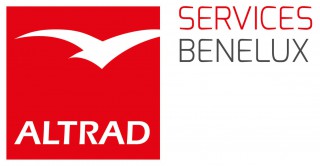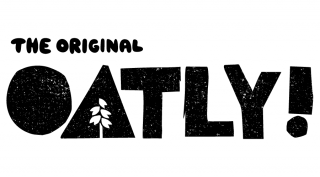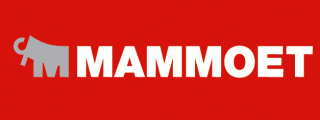Electrical & Instrumentation
This discipline is often an integrated department of Electrical and Instrumentation (E & I), sometimes also called automation (also called process control). The tasks and responsibilities within E & I are:
- compiling budgets and offers
- doing various studies
- calculations
- software descriptions
- developing logic diagrams
- purchase order development and handling
- detail engineering
- designing (sometimes in 3D)
- making drawings and construction documents
- supervising construction
- assisting with testing and commissioning
- interdisciplinary consultation
- administration, planning and priority control
Piping work begins with drawing up a plot plan. E & I's participation here is mainly limited to reserving space for the main cable routing and deciding on the buildings, such as substations and a Central Control Room (CCR). At a later stage, Instrumentation is especially important when completing the P & ID instrumentation and control requirements and when starting the control and safeguarding narratives (functional description of plant regulations and security). Electrical will mainly focus on setting up a power distribution structure and making preliminary power studies.
For Electrical, information from Mechanical is especially important as a lot of mechanical equipment, such as pumps, compressors, etc., is powered by electricity, and therefore largely determines the scope of the electrical tasks.
Once all mechanical data has been recorded, the work for Electrical is fairly straightforward and there are few further interfaces with other disciplines, indicating fairly predictable progress.
Instrumentation is basically positioned between, on the one hand, establishing, assisting and looking for the best possible tools, controlling and checking methods on the P & IDs and maintaining these P & IDs, and on the other hand calculating and recording the so-called Inline data. That is, all instruments and valves in a pipeline (inline instruments) must be decided on at a fairly early stage, as this plot is decisive and must be used by Piping to build their 3D piping model. Because the one cannot operate without the other, Instrumentation lies in between. Information about instruments, process data and inline data is provided by Process and Piping, while Mechanical provides information regarding nozzle requirements (instrument-apparatus connections) and requirements of so-called package units (these are mechanical devices with complex assembly such as compressors etc., usually purchased as a whole from a supplier). Also during this period, 1 or more Instrumentation engineers will be involved in the design and basic implementation of system equipment such as DCS (OS), security and fire and gas detection systems.
Instrumentation uses an instrument database structure to collect and complete all (thousands) of this data. For this purpose, programs are used such as Smart Plant Instrumentation (formerly Intools). All (instrument) data including software data, junction box and cable data, standard schedules, etc., are stored here while the program can produce all kinds of reports, lists, charts, joysticks, and drawings.
Software packages used
Functions in the category Electrical & Instrumentationtation




